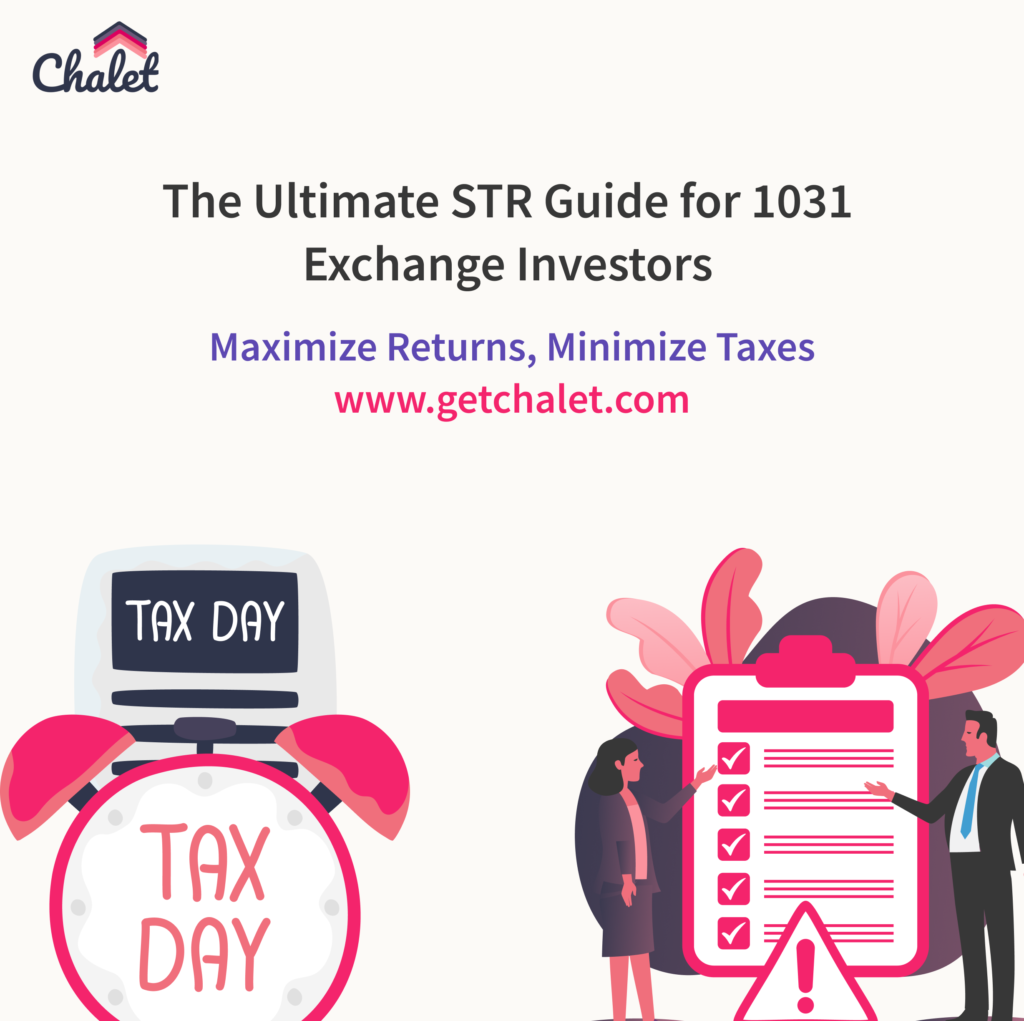Real estate investors often use a 1031 exchange to defer taxes when they sell one property and purchase another. Section 1031 of the Internal Revenue Code allows investors to exchange one investment property for another without incurring immediate capital gains taxes. The process is complex, and there are many rules and regulations that must be followed to qualify for tax benefits.
One of the most important aspects of a 1031 exchange is that the property being sold and the property being purchased must both be considered “like-kind.” However, this does not mean that the properties must be identical. Instead, the IRS defines “like-kind” as any property that is held for investment or business purposes, such as an office building, rental property, or land.
There are several types of properties that can be targeted for a 1031 exchange. Let’s take a closer look at some of the most common options:
- Residential Rental Property
Residential rental properties are a popular option for 1031 exchanges. This includes single-family homes, townhouses, condos, and apartment buildings. These properties can generate steady income through rent and appreciate in value over time. Residential rental properties can also provide tax benefits, such as depreciation deductions, which can help offset rental income and reduce taxes owed.
When considering a residential rental property for a 1031 exchange, investors should pay close attention to the location, rental rates, vacancy rates, and potential for appreciation. In addition, investors should assess the property’s condition and any needed repairs or renovations. These factors can impact the property’s long-term rental income and overall value.
- Commercial Rental Property
Commercial rental properties include office buildings, retail spaces, and warehouses. These properties can offer higher rental income than residential properties but may require more management and maintenance. Commercial rental properties also come with different types of tenants, such as businesses or corporations, which can lead to longer lease agreements and more stable rental income.
When targeting commercial rental properties for a 1031 exchange, investors should consider the property’s location, demand for the type of commercial space offered, lease agreements, tenant quality, and potential for appreciation. They should also assess the property’s condition and any needed repairs or renovations, as commercial properties often require more extensive and costly upkeep.
- Raw Land
Raw land can be an excellent investment for long-term appreciation. Investors can purchase undeveloped land and hold onto it until it increases in value, or they can develop the land themselves and use it for commercial or residential purposes. Raw land can provide investors with greater flexibility in terms of what they can build on the land, and it can also offer potential tax benefits, such as deductions for property taxes and interest paid on any loans used to purchase the land.
When considering raw land for a 1031 exchange, investors should assess the land’s location, zoning regulations, potential for development or appreciation, and any environmental concerns. They should also consider any necessary permits or approvals needed for development and any associated costs.
Free Whitepaper
The Ultimate STR Guide for 1031 Exchange Investors
Download our comprehensive guide to learn:
- Key strategies for identifying high-performing STR properties
- How to maximize tax benefits through 1031 exchanges
- Market analysis techniques for STR investments
- Common pitfalls to avoid in STR investing
- Expert tips for managing your STR portfolio

- Vacation Property
Vacation properties such as cabins, beach houses, and mountain retreats can be used for personal enjoyment and generate rental income when not in use. Investors can use a 1031 exchange to trade a vacation property for a more profitable rental property. Vacation properties also come with potential tax benefits, such as depreciation deductions and deductions for property taxes and mortgage interest.
When targeting vacation properties for a 1031 exchange, investors should consider the property’s location, rental rates, vacancy rates, and potential for appreciation. They should also assess the property’s condition and any needed repairs or renovations, as vacation properties often require more frequent upkeep.
- Multi-Family Properties
Multi-family properties are typically apartment buildings or condominium complexes. These properties can offer significant rental income, and a 1031 exchange can help investors trade a smaller multi-family property for a larger one, increasing their rental income and overall investment value. Multi-family properties also come with potential tax benefits, such as deductions for depreciation and interest paid on any loans used to purchase the property.
When targeting multi-family properties for a 1031 exchange, investors should consider the property’s location, rental rates, vacancy rates, and potential for appreciation. They should also assess the property’s condition and any needed repairs or renovations, as multi-family properties often require more extensive and costly upkeep.
It’s essential to note that the 1031 exchange process can be complicated and requires strict adherence to IRS rules and regulations. Investors should work closely with a qualified intermediary or tax advisor to ensure they follow all necessary steps and paperwork, such as identifying potential replacement properties within 45 days of selling the original property and completing the exchange within 180 days.
Conclusion
In conclusion, a 1031 exchange can be a powerful tool for real estate investors looking to defer taxes and maximize their investments. By targeting the right investment property options, such as residential and commercial rental properties, raw land, vacation properties, and multi-family properties, investors can increase their rental income, appreciate in value, and potentially benefit from tax deductions. With careful planning and guidance, investors can take advantage of the 1031 exchange process to achieve their long-term financial goals.

